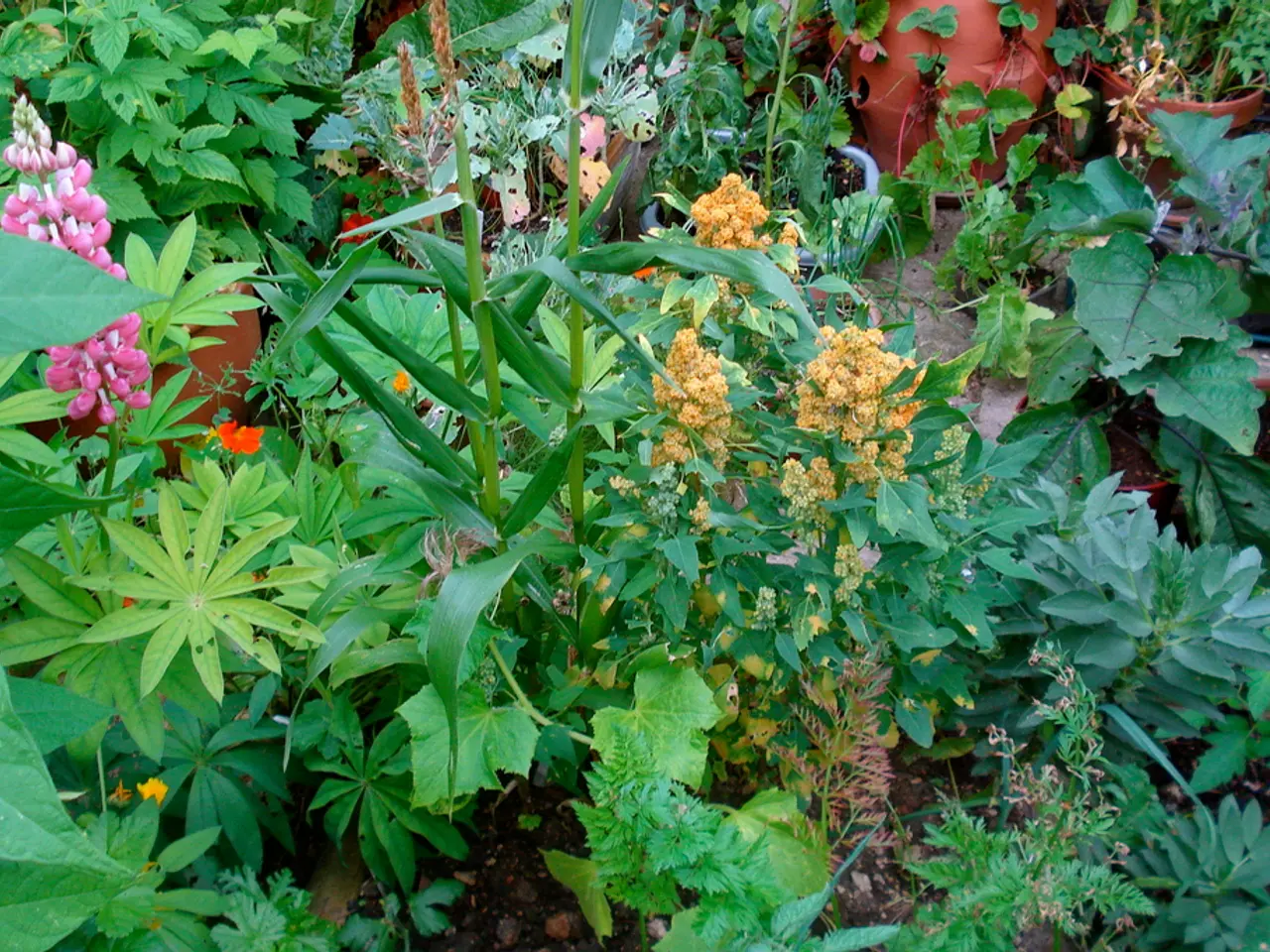Easy Strategies for Maintaining Green Indoor Flora
In the quest to bring a touch of nature indoors, many homeowners are embracing houseplants. However, maintaining these green companions can sometimes prove challenging. Here's a handy guide to help you keep your houseplants flourishing.
## Lighting
Understanding your home's lighting conditions is crucial for selecting the right plants. Low light is suitable for Aglaonema and Snake Plant, medium light is ideal for Philodendron and Calathea, while bright direct light is best for succulents and cacti[1]. Choosing plants that match your home's lighting conditions ensures they receive the right amount of light.
## Watering
Overwatering is the most common cause of death in houseplants. To avoid this, it's essential to check the soil moisture before watering and to avoid watering on a strict schedule[2]. Using rainwater, if available, is preferred as it's preferred by plants. If not, allowing tap water to sit for a few days to evaporate chemicals is recommended[2]. Watering from the base up helps prevent root rot and pests by allowing the plant to absorb water as needed[2].
## Soil and Potting
Using chunky soil with good drainage properties helps prevent waterlogging and root rot. Ensuring your pot has good drainage holes is also essential to prevent water from accumulating at the roots[2].
## General Care
Most houseplants prefer average humidity and temperatures between 65°F to 75°F (18°C to 24°C)[3]. Fertilizing occasionally with a balanced fertilizer can help promote growth during the active growing season[3]. Observing your plant's responses to light, water, and temperature, and adjusting your care routine accordingly, is key to maintaining a healthy houseplant[3].
## Pest Control
Keeping plants clean and regularly inspecting them for signs of pests like mites or gnats, which can be more common in moist conditions, is essential for pest control[4].
By following these tips, you can create a nurturing environment for your houseplants to thrive. Remember, every plant is unique, so observing and adapting your care routine to suit each plant's specific needs is vital.
[1] - Sources: A Beautiful Mess, Design Love Fest [2] - Sources: The Community Library, A Beautiful Mess [3] - Source: The Community Library [4] - Source: The Community Library
Incorporating gardening techniques into home-and-garden lifestyle can contribute to the overall well-being of your houseplants. A parenting approach towards your green companions, observing and adapting their care routine to suit each plant's specific needs, can yield thriving houseplants indoors.




